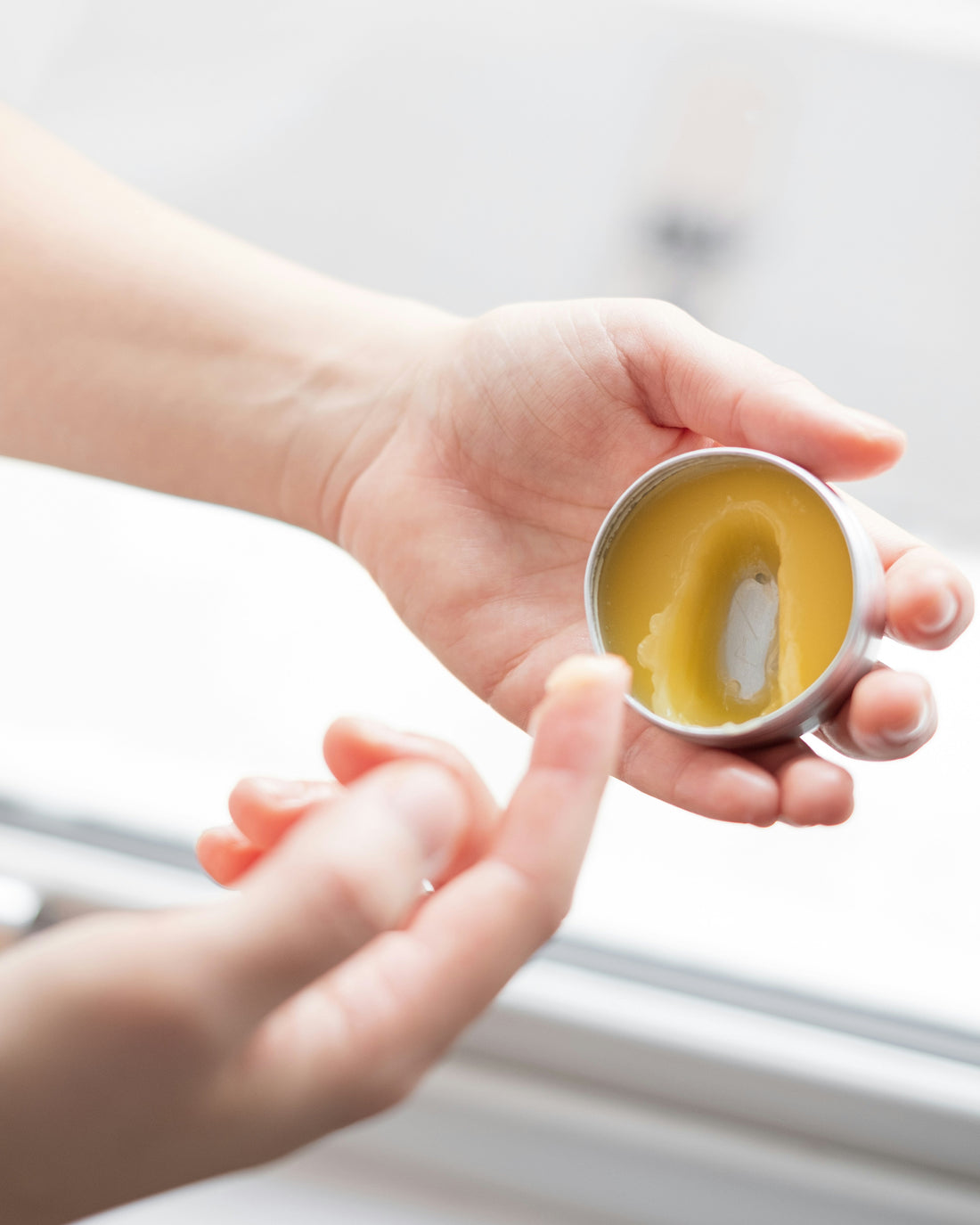
Salve Making Mistakes and Solutions
Share
How Do You Fix a Ruined Salve?
If you're into herbal remedies, learning how to make and troubleshoot a salve is crucial. Salves can be used for a variety of purposes, from soothing dry skin to easing muscle pain. However, even seasoned salve makers can encounter problems, such as improper consistency, unpleasant smell, or ineffective healing properties. Don't worry, though - we've got you covered! In this article, we will delve into some common issues that can arise during the salve-making process and provide you with practical solutions to salvage your creation.
One important tip to keep in mind is that fixing a botched salve can be as tricky as making one from scratch. If you make salves with essential oils, reheating the mixture may cause the essential oils to evaporate, which can alter the salve's aroma and potency. Thus, use your judgement before adding more essential oils to the mix, as you may end up wasting them.
Here are some common salve-making problems you might encounter and how to tackle them:
Why Is My Salve Too Hard Or Too Runny?
If your salve turns out too hard or too runny, you can adjust its texture by adding more carrier oil (e.g., coconut oil, olive oil, or beeswax). For instance, if your salve is too hard, melt it down and stir in more carrier oil until you reach the desired consistency. Conversely, if your salve is too runny, add more beeswax or hard butter (e.g., cocoa butter) to thicken it up.
Why Does My Salve Smell Bad?
Sometimes, the scent of a salve can be off-putting due to the essential oils used or the herbs' natural aroma. If you find that your salve has a funky smell, try adding a few drops of a pleasant-smelling essential oil (e.g., lavender, peppermint, or lemon) to mask the odor. Alternatively, you can try using different herbs or essential oils that complement each other and create a more appealing fragrance.
Why Isn’t My Salve Working?
If your salve doesn't seem to work as intended, it could be due to a variety of factors. For instance, the herbs used may not be potent enough, or the salve may not be applied correctly. To address this issue, you can try adding more concentrated herbal extracts (e.g., tinctures or infused oils) to the salve or adjusting the application method (e.g., applying more frequently or massaging the salve into the affected area).
Why Is There Water In My Salve?
If you notice water in your salve, it's crucial to act quickly as water can cause mold growth and reduce the salve's shelf life. Water in the salve may be caused by condensation, especially if you covered the salve with the lid before it fully cooled. To fix this, remove any visible water and store the salve in the fridge. It's best to use the salve as soon as possible. If the water is at the bottom of the jar, it's likely because your jars weren't fully dry before you filled them.
Why Does My Salve Have A Cracked Surface?
If your salve has a cracked surface, don't fret! This issue is generally caused by uneven cooling or cooling too fast. While it may not look as aesthetically pleasing, a cracked surface doesn't affect the salve's effectiveness. You can choose to use it as is or melt it down and try again.
With These Useful Tips, You Can Make Any Salve Confidently At Home
In conclusion, making salves is a rewarding and fulfilling activity, but it's not without its challenges. By following these troubleshooting tips, you can save a botched salve and prevent future mishaps.
